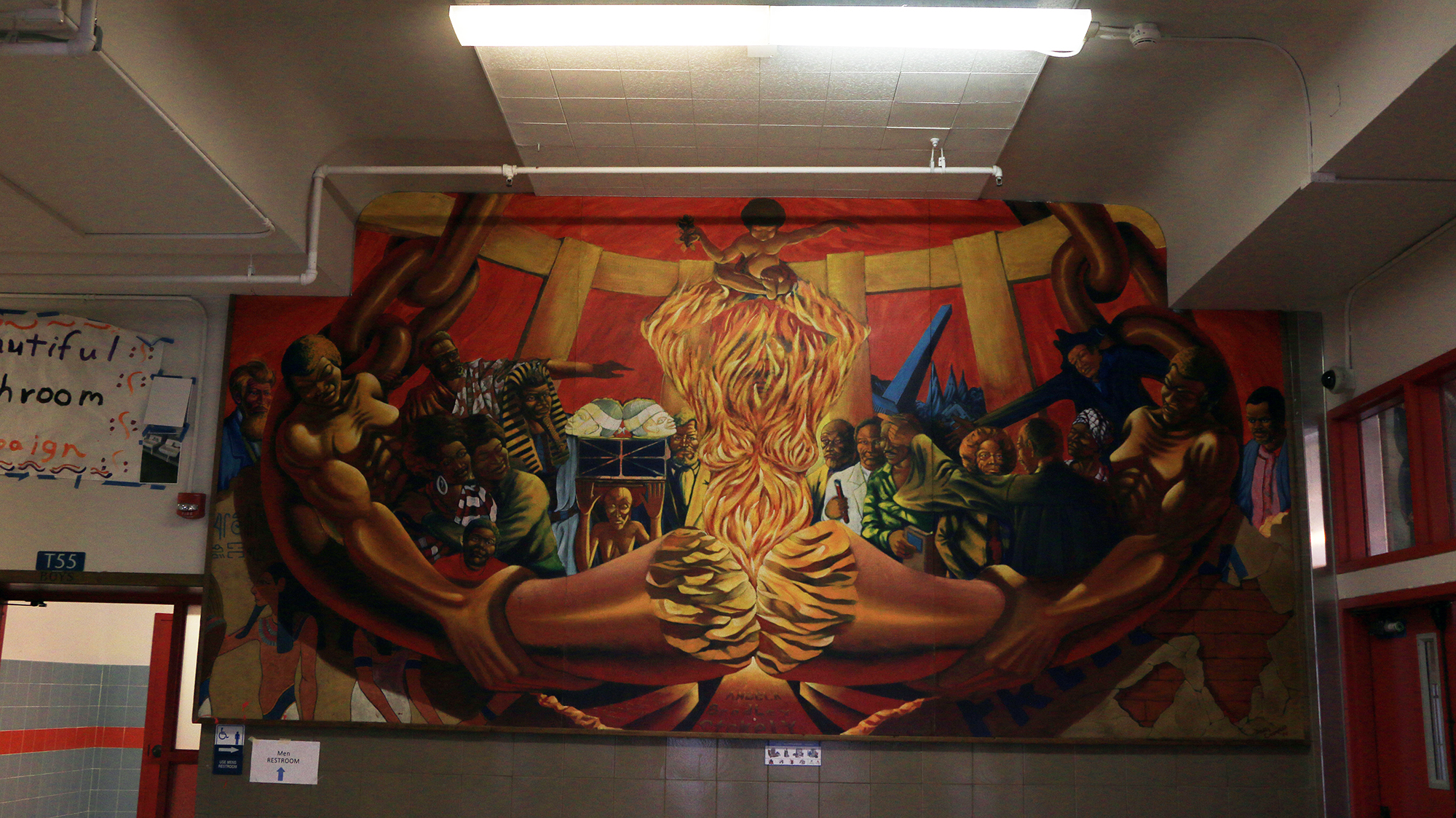Built on landfill at San Francisco’s northern waterfront, Fort Mason Center for Arts and Culture has an astonishingly rich array of stories. They begin with the Ramaytush Ohlone, the original inhabitants of this area, whose living culture still connects to San Francisco’s waterfront.
In the early 20th century, the land was created for military use and helped to shape the nation’s rise as an international power. As the needs of the late 20th century military evolved, this place became Fort Mason Center for Arts and Culture, an innovative community space for arts and culture. Fort Mason Center’s transformation set a groundbreaking example for repurposing former military facilities across the country. Former Army piers, warehouses, and machinery shops now provide space for art galleries, music schools, theaters, restaurants, and community events.
I worked with Hunt Design and FMC staff to develop an extensive interpretive and wayfinding program that spans the campus and will be installed in 2024.
Transforming the parking lot into a drive in theater offered safe communal experiences during the Covid19 pandemic.
During WWII, more than 1.6 million people sailed from Fort Mason’s docks to military outposts and battlefields across the Pacific.









